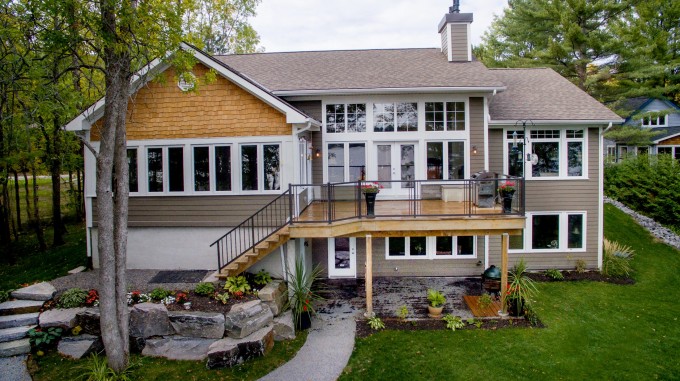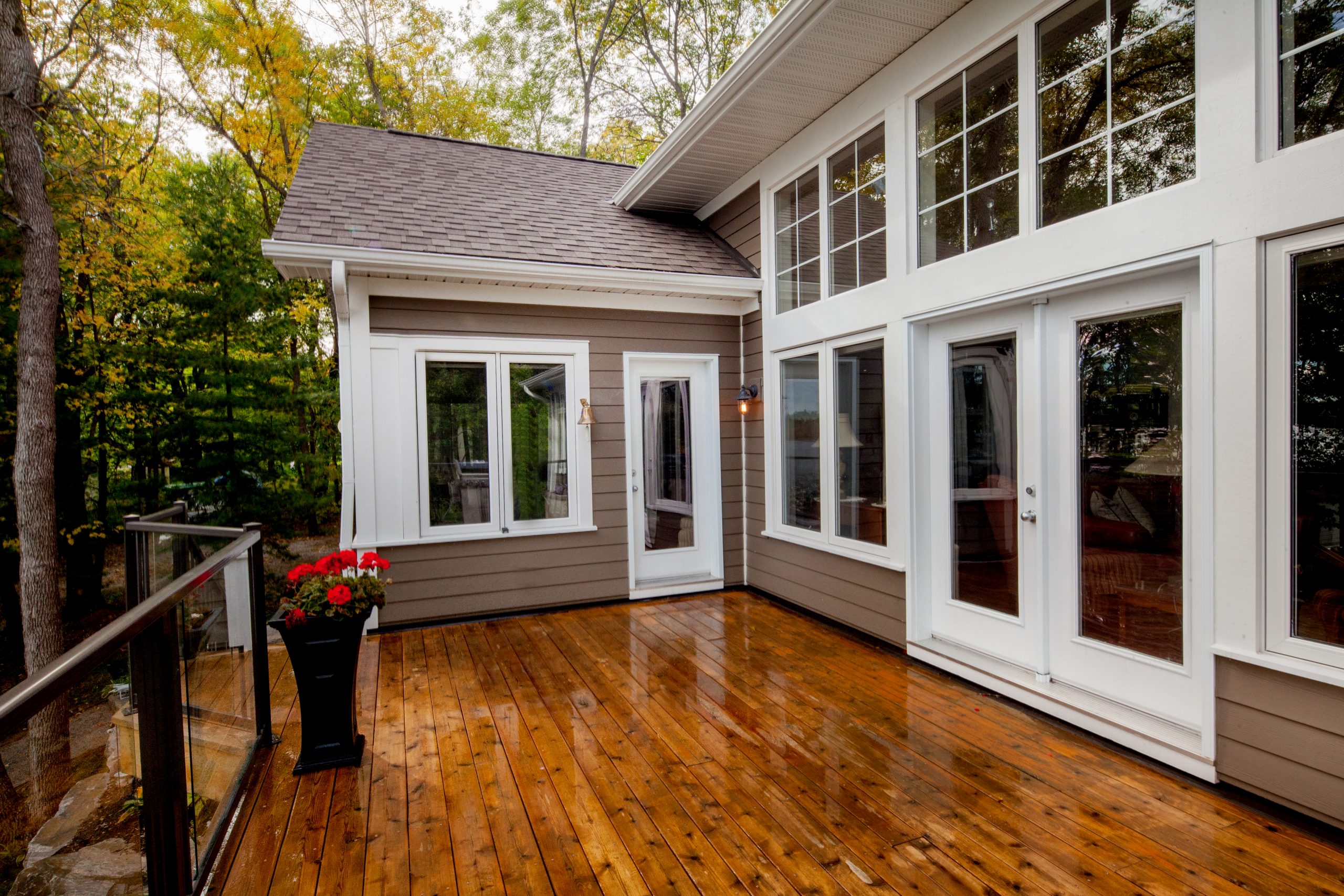Journal
What You Need to Know Before Building a Custom Cottage
August 10, 2025

For many, building a custom cottage in Central Ontario’s Cottage Country is more than a construction project—it’s the start of a place that brings people together. A space designed for slow mornings, shared meals, and time well spent. But creating that kind of space takes more than good taste. It requires clear planning, local knowledge, and the right team.
Cottage Country—spanning Muskoka, Parry Sound, the Georgian Bay area, Bruce Peninsula, Grey and Simcoe Counties, Haliburton Highlands, Kawartha Lakes, and parts of Dufferin and Northumberland—presents both extraordinary opportunities and unique challenges. Terrain, access, shoreline rules, and seasonal conditions all influence how and what you can build.
This guide is here to help you understand the essentials before starting your custom cottage project, so your vision stays intact from the first sketch to the final key turn.
Key Takeaways
Start with a clear vision by knowing your cottage’s purpose before you build.
Understand regional rules since every area has its own permits and restrictions.
Work with local experts because regional experience saves time and prevents issues.
Design for the site by letting the land guide layout and materials.
Plan the whole process by budgeting and scheduling for every stage.
1. Understanding Your Vision and Lifestyle Needs
Before you begin design or permit work, get clear on the purpose of your cottage. Will it serve as a summer retreat, a year-round home, or a place for large gatherings? Your answer will influence layout, size, utilities, and storage. A defined vision helps you make consistent decisions and avoid costly changes later.
2. Choosing the Right Location
In Central Ontario’s Cottage Country, location is about more than the view. Consider road access in winter, hydro availability, and septic feasibility alongside scenery and privacy. Walk the property at different times of day to understand light, wind, and water flow. The right lot will support your design goals without major compromises.
3. Budgeting for the Full Project
A realistic budget must include site-specific costs like driveways, tree removal, blasting, and utility hookups. Factor in design fees, engineering, permits, and insurance early to avoid surprises. Build in a 10–15% contingency for unexpected site conditions or material delays. Clear quotes and open communication with your builder keep spending on track.
Want a breakdown of cottage building costs?
We detail every expense, from site prep to finishing touches.
👉 Read: How Long Does It Take to Build a Cottage?
4. Designing for the Landscape

Let the land’s natural features guide your cottage’s position, layout, and materials. Consider how elevation, light, and tree cover affect indoor comfort and outdoor spaces. A good design works with local climate and building codes while minimizing environmental impact. Choosing durable, low-maintenance finishes ensures long-term beauty and performance.
5. Navigating Permits and Regulations
Regulations vary across municipalities and often include strict shoreline or setback requirements. Many waterfront lots require conservation authority approval before construction. Partnering with a builder or designer who knows local rules can shorten approval times. A smooth permit process means fewer delays and a clearer path to breaking ground.
6. Choosing a Trusted Local Builder
Your builder will shape the pace, quality, and cost of your project. Local experience means understanding the terrain, weather, and regional regulations that affect construction. Look for proven references, transparent pricing, and strong communication. The right cottage contractor treats your investment with care from start to finish.
Choosing the right contractor is everything.
Our guide covers the must-ask questions before you hire.
👉 Read: 8 Tips for Choosing the Right Cottage Contractor
7. Timeline Expectations
Cottage builds in Central Ontario often take 10 to 18 months from design to completion. Factors like permits, site prep, material lead times, and weather all affect the schedule. Remote locations or winter access issues can extend timelines further. Early planning and timely decisions keep the project moving.
Wondering how long your custom build might take?
We break down the full timeline—from permits to move-in.
👉 Read: How Long Does It Take to Build a Cottage?
8. Planning for the Finishing Touches

Final details like flooring, lighting, cabinetry, and fixtures define how your cottage feels. Outdoor elements such as decks, docks, and landscaping connect the home to its surroundings. Planning these alongside the core design avoids last-minute compromises. The right finishing touches create a cohesive, long-lasting result.
Takeaway
Building a custom cottage in Central Ontario’s Cottage Country is a rewarding process—but one that depends heavily on thoughtful planning and the right support. From choosing a site that fits your lifestyle to understanding permits, budgeting realistically, and working with experienced local professionals, every step contributes to the final outcome. When done right, the result is more than a structure—it’s a place that reflects your values, fits the land, and lasts for generations.
Ready to Build Your Custom Cottage?
At Tech Home, we’ve spent decades helping families turn ideas into fully realized cottages—designed to fit the land, the lifestyle, and the long term. From initial planning to final finishing, our team guides you through every step with experience and clarity.
Contact us today to start a conversation, request references, or schedule a site consultation. Let’s build something lasting, together.




